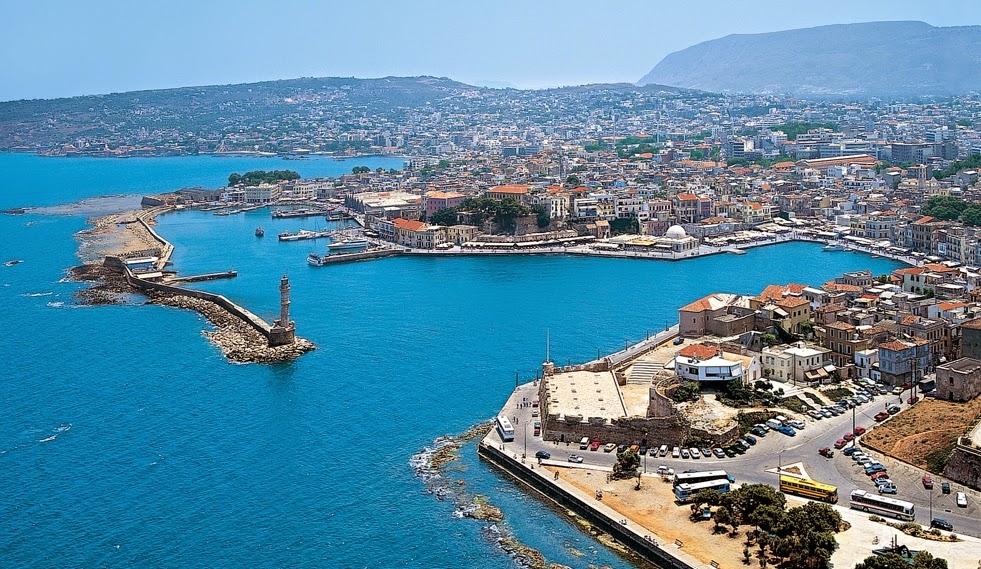 |
A few days left for Christmas! Every single house is dressed up for holidays and the Christmas spirit fills the air. A sweet scent of cinnamon and baked cokies welcomes the visitors of almost every Greek home as according to the tradition the treat for the holidays are two kinds of cookies, Kourabiethes and Melomakarona.
For those who wish to try baking these Greek cookies we have below the recipes!
Happy baking!
Kourabiedes - Κουραμπιέδες
 Ingredients
Ingredients • 600 grams of goat butter at room temperature
• 200 grams of chopped almonds with the peel
• ½ teaspoon baking powder
• 220 grams of icing sugar
• 10 drops of essential oil of mastic or natural vanilla
• 1200 g flour for all purposes
• lots of icing sugar for sprinkling
• Chop the almonds and bake in the oven on a baking sheet at 150 ° C until golden brown.
• Beat in mixer the butter with the icing sugar. The more you beat, the more fluffy they will be.
• Transfer the mixture into a large bowl
• Add the almonds and vanilla or mastic and stir gently with a wooden spoon
• Sift the flour with the baking powder, pour the mixture to the butter and sugar and mix gently
• Shape small balls, then press a little and then press with a finger in the middle to make a small dent and place on a baking sheet. Place them at a distance from one another because they rise.
• sprinkle with plenty of icing sugar while they are warm so that it will stick on them.
Melomakarona - Μελομακάρονα
Ingredients
- 1 1/2 cup olive oil
- 1/2 cup margarine
- 3/4 cup orange juice and grated peel
- 1 teaspoon soda dissolved in the orange juice
- 1 cup sugar
- 1 baking powder
- 1/2 teaspoon cinnamon
- 1/2 teaspoon nutmeg (optional)
- 1/4 glass of fine cognac
- 1 kg flour for all purposes
- a few grated nuts (for decoration)
- 2 cups water
- 2 cups sugar
- 2 cups honey
For the syrup, heat the water with sugar (you can also add an orange peel for flavour and cinnamon) until sugar is completely dissolved, then take off from the stove and add the honey (remember the honey looses its benefits if boiled). Deep the baked melomakarona in the syrup to soak, then put them on a platter. Depending on how moist you like melomakarona to be you should let them soak in the syrup accordingly (remove them from the syrup with care as if they are soaked for too long they might crumble!).
***

















